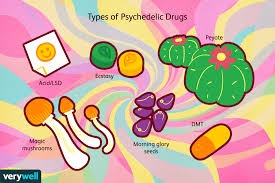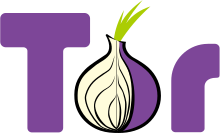Spotify – Web Player: Music for everyone Spotify is a digital music service that gives you access to millions of songs.
-
-
Spotify
Spotify – Web Player: Music for everyone
Spotify is a digital music service that gives you access to millions of songs.
-
Spotify
Windows download – Spotify
Spotify is all the music you’ll ever need. Skip to content. Spotify Download Spotify Play millions of songs and podcasts on your device. Download directly from Spotify. Listen on mobile and …
-
-
Spotify
-
https://www.spotify.com/us/download/other/
-
Music And Audio·Music
With Spotify, you can play millions of songs, albums and original podcasts for free. You can listen to music and podcasts on your mobile or tablet, desktop computer or web player. … -
-
Spotify
Login – Spotify
Log in to Spotify. Continue with Google; Continue with Facebook; Continue with Apple
-
Spotify
Spotify – Web Player
Download Spotify for your device Enjoy high-quality audio, offline playback, and a friend activity feed that lets you see what your friends are listening to in real time. Download Spotify
-
Spotify
-
Spotify
Spotify – Lecteur web : de la musique pour tout le monde
Spotify est un service de musique en ligne qui vous permet d’accéder à des millions de titres.
-
Spotify
Spotify – Web Player
Preview of Spotify. Sign up to get unlimited songs and podcasts with occasional ads. No credit card needed.
-
Spotify
Connexion – Spotify
J’ai un compte Spotify. Continuer avec Google; Continuer avec Facebook; Continuer avec Apple
-
Spotify
Spotify – Reproductor web: música para todos
Spotify es un servicio de música digital que te brinda acceso a millones de canciones.
-
-
Related searches for spotify
-
spotify login
-
spotify ++ download
-
spotify’s official website
-
spotify meaning
-
spotify france
-
spotify for windows 10
-
spotify belgium
-
spotify pc
-



![[ ]Psychedelic :DMT/SHROOMS/Lsd [ ]Study Aids :Adderall ir&xr ,Vyvanse,Dexedrine [ ]PAIN PILLS :Percocet/Opana/Norcos/Fentanyl/Suboxone [ ] Heroine/Cocaine,/ Black Tar /White [ ]WEED/Buds/Kush/Loud [ ]Cannabidiol (CBD): THC oil /Vape Carts](https://dmtforsale.online/wp-content/uploads/2020/10/access-dark-web-tor-network-safely.jpeg)





